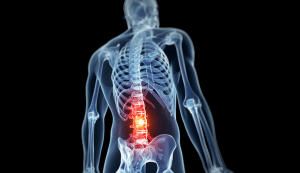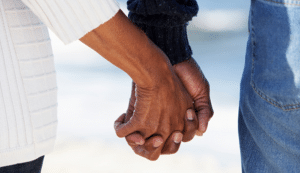* Ehlers-Danlos Syndrome, or EDS is a hereditary disorder affecting the body’s ability to produce collagen. Collagen is the most abundant structure in the body and is a component of bone, cartilage, tendons, ligaments, and organs.
* There are six types of EDS. The three most common types are:
o Hypermobility type of EDS
o Classic type of EDS
o Vascular type of EDS
* Signs and Symptoms vary by type and may include: hyper-extensible joints, muscles, and skin; chronic joint pain; easy bruising; chronic fatigue; gastrointestinal mobility disturbances; and autonomic dysfunction (such as hypotension and difficulty with body temperature regulation).
* It is important to see your doctor for a diagnosis of EDS, as man other conditions share the same signs and symptoms.
* Once diagnosed, you may be referred to a team of health professionals besides your primary doctor. This team may include a sleep specialist and a physical therapist.
* People with EDS may avoid physical activity due to pain associated with previous trials of exercises. Doing so, however, leads to muscle weakness and further exacerbates joint instability and pain. Your physical therapist can help you with pain management, finding safe ranges to work your muscles, and fun ways to stay active.
Monthly Archives: December 2015
Fall Prevention Tips – Balance Exercises and Suggestions from your Physical Therapist
Every other Wednesday, a group of senior citizens gather at the Shri Mangal Mandir Hindu temple to learn about a specific health topic.
o Human balance is a complex system, depending on vision, inner ear or vestibular function, information from muscle and joint receptors, muscle strength, and the ability to integrate information from all these inputs to tell the brain where the body is in space.
o Balance exercises are as important to the body as cardiovascular and strength training. They can be incorporated into your weekly exercise routine as you age to help prevent falls.
o Some ways to incorporate balance training include walking on uneven surfaces, doing Yoga or Tai Chi, or just keeping your balance as you close your eyes or turn your head. ***Not all balance exercises are safe for everyone, so speak with a physical therapist or other health provider if you have a history of falls or dizziness before trying these suggestions.
o You can reduce your risk of falls in your home by:
* Making sure you have good lighting and handrails on your stairwells both indoors and outdoors
* Putting in night lights along the path from your bedroom to your bathroom
* Moving objects you use frequently to a more accessible location such as a lower shelf in your cupboard to avoid going on tiptoes or bending down low
* Removing throw rugs or other slippery objects from the floor and installing grab bars in the bathroom
For more information about balance and fall prevention, the CDC website is a valuable resource. Click here for an overview of falls in older adults. Link for the overview of falls in older adults:
http://www.cdc.gov/HomeandRecreationalSafety/Falls/adultfalls.html


